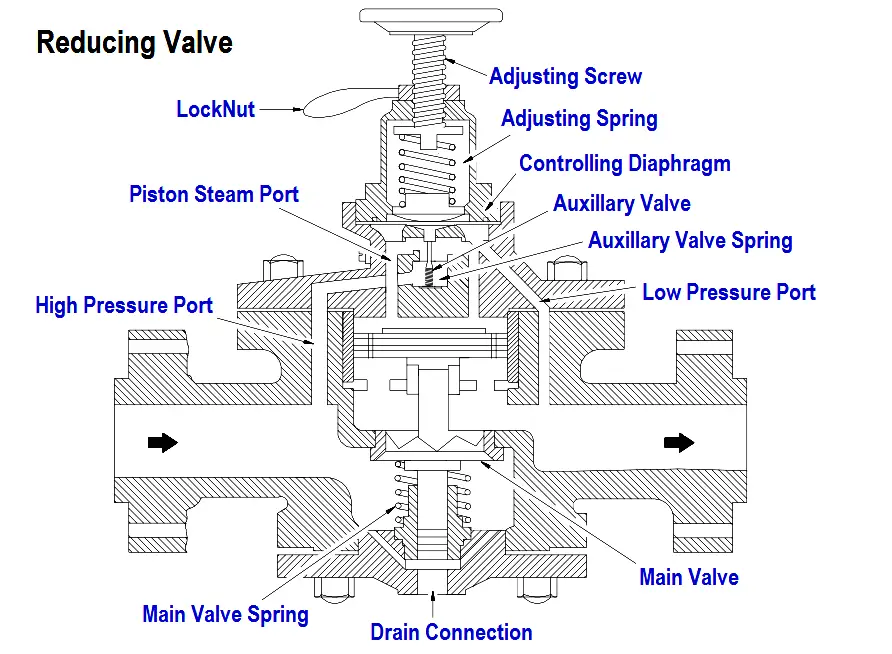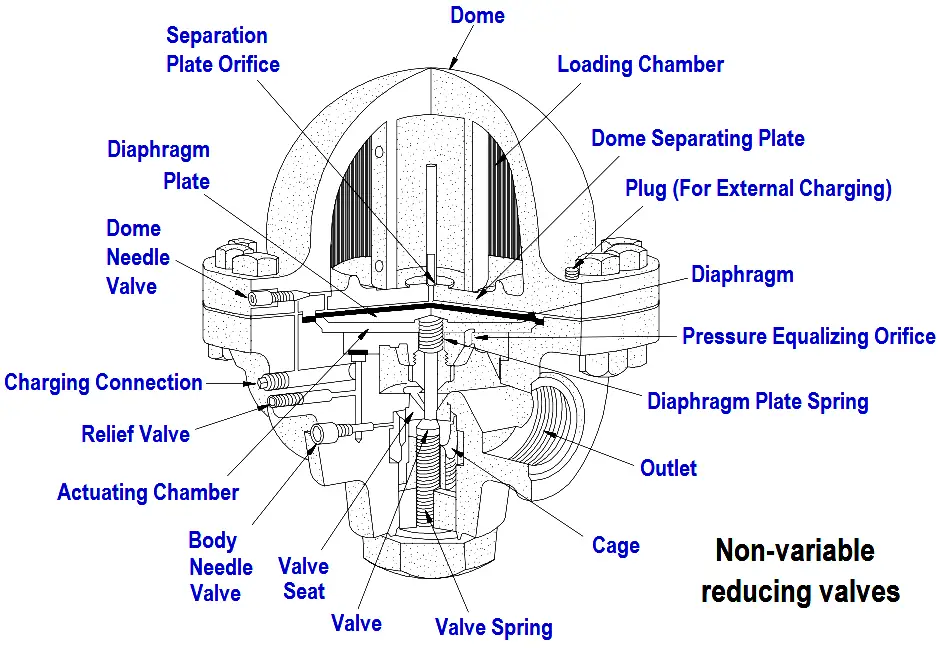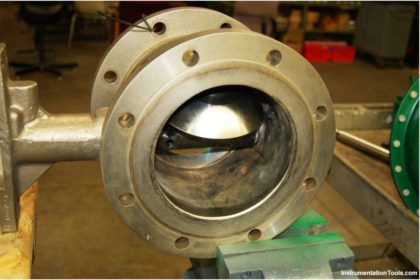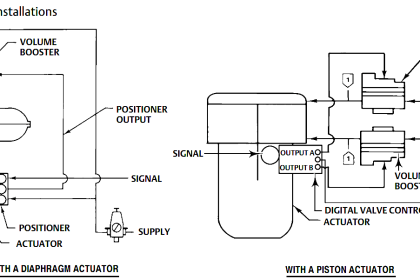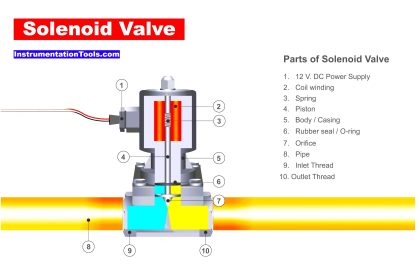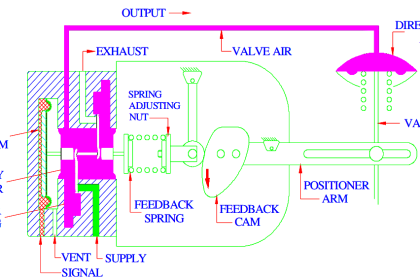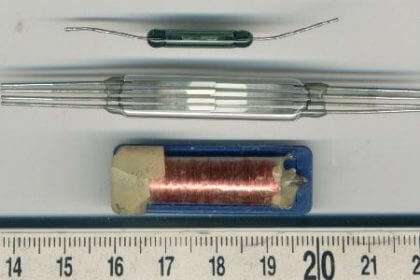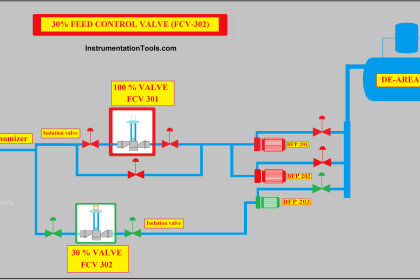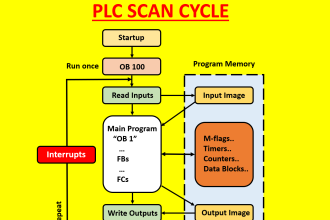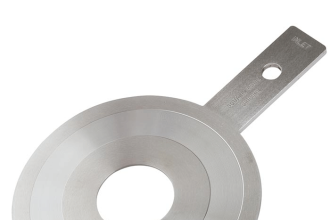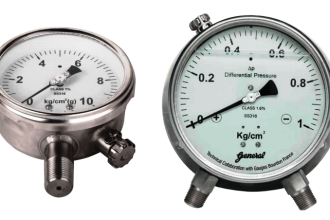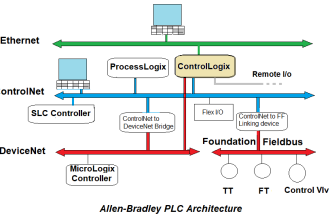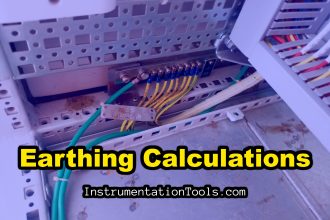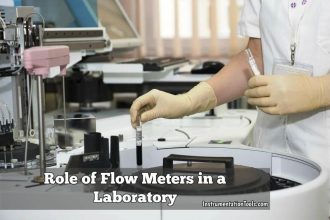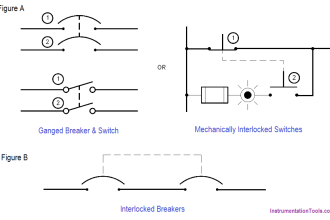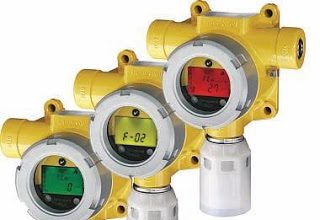Reducing valve automatically reduce supply pressure to a pre-selected pressure as long as the supply pressure is at least as high as the selected pressure.
Reducing Valve
As illustrated in Figure, the principal parts of the reducing valve are the main valve; an upward-seating valve that has a piston on top of its valve stem, an upward-seating auxiliary (or controlling) valve, a controlling diaphragm, and an adjusting spring and screw.
Figure : Variable Reducing Valve
Reducing valve operation is controlled by high pressure at the valve inlet and the adjusting screw on top of the valve assembly.
The pressure entering the main valve assists the main valve spring in keeping the reducing valve closed by pushing upward on the main valve disk.
However, some of the high pressure is bled to an auxiliary valve on top of the main valve. The auxiliary valve controls the admission of high pressure to the piston on top of the main valve.
The piston has a larger surface area than the main valve disk, resulting in a net downward force to open the main valve. The auxiliary valve is controlled by a controlling diaphragm located directly over the auxiliary valve.
The controlling diaphragm transmits a downward force that tends to open the auxiliary valve. The downward force is exerted by the adjusting spring, which is controlled by the adjusting screw.
Reduced pressure from the main valve outlet is bled back to a chamber beneath the diaphragm to counteract the downward force of the adjusting spring. The position of the auxiliary valve, and ultimately the position of the main valve, is determined by the position of the diaphragm.
The position of the diaphragm is determined by the strength of the opposing forces of the downward force of the adjusting spring versus the upward force of the outlet reduced pressure.
Other reducing valves work on the same basic principle, but may use gas, pneumatic, or hydraulic controls in place of the adjusting spring and screw.
Non-variable Reducing Valve
Non-variable reducing valves, illustrated in below Figure, replace the adjusting spring and screw with a pre-pressurized dome over the diaphragm.
The valve stem is connected either directly or indirectly to the diaphragm. The valve spring below the diaphragm keeps the valve closed.
As in the variable valve, reduced pressure is bled through an orifice to beneath the diaphragm to open the valve. Valve position is determined by the strength of the opposing forces of the downward force of the pre-pressurized dome versus the upward force of the outlet-reduced pressure.
Figure : Non-Variable Reducing Valve
Non-variable reducing valves eliminate the need for the intermediate auxiliary valve found in variable reducing valves by having the opposing forces react directly on the diaphragm.
Therefore, non-variable reducing valves are more responsive to large pressure variations and are less susceptible to failure than are variable reducing valves.
